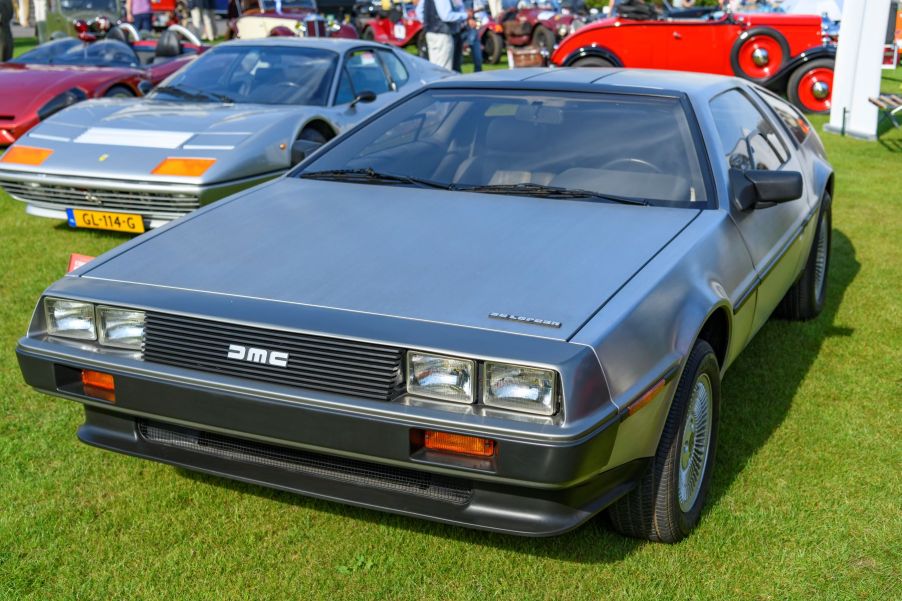
The Dangerous Reason Why Stainless Steel Cars No Longer Exist
Though stainless steel cars have occasionally been produced in the past, you don’t often see any such vehicles on the road these days. That’s about to change, though, with the upcoming release of Tesla’s Cybertruck. However, that has some folks worried about car safety. After all, stainless steel vehicle bodies come with plenty of potential problems.
What is a stainless steel car?

Stainless steel is a material that dates back to the 19th century. An alloy of iron, carbon, chromium, and some other elements, it is particularly known for being resistant to corrosion.
Nodum explains that the more chromium present in a stainless steel alloy, the more resistant to corrosion it is. In theory, then, stainless steel sounds like an excellent material to build vehicles. Wouldn’t pretty much everyone want a car that never rusts? The alloy’s strength also sounds like an asset, as any driver would want an impenetrable sheet of metal around them if they were involved in a collision, right?
The surprising truth of the matter is that stainless steel poses some safety concerns when it comes to its use for vehicle production.
These cars have been a thing of the past (for good reason)
Indeed, it was only over many years that manufacturers realized all of the challenges and safety concerns inherent in producing stainless steel vehicles. Going back to the 20th century, we can find several attempts among major manufacturers to offer the public a shiny, corrosion-resistant ride.
As Motorius reminds us, back in 1936 and again in 1960 and 1967, Ford teamed up with Allegheny Ludlum Steel to produce 11 stainless steel classic cars. More recently, the 1980s saw the hype around the DeLorean DMC-12, which featured prominently in the movie Back to the Future.
So why have stainless steel vehicles been so few and far between overall? It primarily comes down to two main problems: production difficulties and safety issues.
As far as producing vehicles with stainless steel, the challenges for manufacturers are numerous. Wisconsin Metal Tech explains that stainless steel is expensive and hard to form into different shapes. It’s also just hard in general, which has been known to damage the dies used in production and add additional expenses to manufacturers’ production costs. The material also doesn’t look all that appealing unless treated or painted correctly, which is its own type of challenge unto itself.
However, the safety concerns inherent in these vehicles are even more important than the production challenges. Stainless steel is too rigid to allow for the standard crumple zones that we rely on in front- and rear-end collisions. This means that rather than the vehicle absorbing the impact of the crash, the bodies of the drivers and passengers will be left to do that job–with potentially deadly results. Additionally, let’s also not forget that the material’s enormous weight makes vehicles more of a hazard on the road.
Tesla’s Cybertruck will be stainless steel
Despite these sorts of concerns, Tesla is moving forward with plans to release its own stainless steel vehicle, the Cybertruck. With the release of the Cybertruck having been delayed twice, it’s now expected to come out in 2023.
Tesla’s version of an electric truck looks nothing like your ordinary pickup truck, and not just due to its alloy panels. It features a startling triangular design, narrow windows, and a narrow strip of illumination that serves as headlights. Some view this unique design as an advantage for Tesla in setting its truck apart from the competition. However, others may view the truck’s over-the-top appearance as likely to drive consumers away.
Only time will tell whether Tesla can overcome the challenges of stainless steel production, as well as the safety concerns around it, to produce a vehicle that will remain on the market for years to come.


